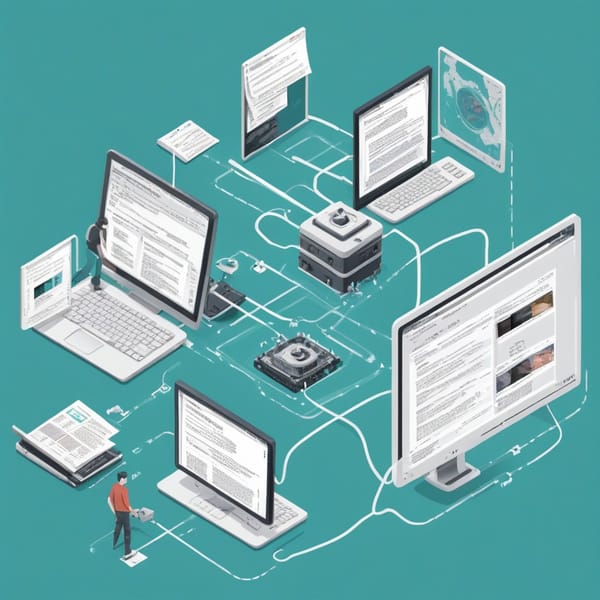Automating Firebase Push Notifications with n8n for Real-Time User Engagement

In today’s fast-paced digital world, real-time user engagement is critical for retaining customers and driving growth. One of the most effective ways to keep users engaged is through timely and personalized push notifications. Firebase Cloud Messaging (FCM) is a powerful tool for sending push notifications, but manually triggering them can be tedious and inefficient. That’s where n8n, a flexible workflow automation tool, comes in.
In this blog post, we’ll explore how to automate Firebase push notifications using n8n to enhance user engagement, reduce manual effort, and ensure timely communication.
Why Automate Firebase Push Notifications?
Push notifications are a direct channel to re-engage users, deliver updates, and drive actions. However, sending them manually:
- Is time-consuming – Requires constant monitoring and execution.
- Lacks personalization – Manual processes often miss user-specific triggers.
- Delays communication – Real-time engagement suffers without automation.
By automating Firebase notifications with n8n, you can:
- Trigger notifications based on user actions (e.g., sign-ups, purchases).
- Personalize messages using dynamic data (e.g., user names, order details).
- Schedule notifications for optimal engagement times.
Prerequisites
Before diving in, ensure you have:
1. A Firebase project with FCM configured.
2. An n8n instance (self-hosted or cloud-based).
3. A server key from Firebase for API authentication.
Step 1: Set Up Firebase Cloud Messaging
- Go to the Firebase Console.
- Navigate to Project Settings > Cloud Messaging and copy the Server Key.
- Ensure your app is configured to receive FCM notifications (client-side setup).
Step 2: Create an n8n Workflow
n8n allows you to create workflows with triggers and actions. Here’s how to set up an automated push notification workflow:
Trigger Node: Detect User Events
Choose a trigger based on your use case:
- Webhook: Trigger notifications when an event occurs (e.g., new user sign-up via an API call).
- Database Polling: Check for new records (e.g., unread messages) at intervals.
- Schedule: Send notifications at fixed times (e.g., daily reminders).
Action Node: Send Firebase Notification
- Add an HTTP Request node in n8n.
- Configure it to send a POST request to FCM’s API endpoint:
URL: https://fcm.googleapis.com/fcm/send Method: POST Headers: Authorization: key=YOUR_SERVER_KEY Content-Type: application/json - In the Body section, include the notification payload:
json { "to": "/topics/all_users", "notification": { "title": "New Update!", "body": "Hello {{$node["Webhook"].json["user_name"]}}, check out our latest feature!" }, "data": { "click_action": "OPEN_APP" } }
(Pro Tip: Use n8n’s expressions to dynamically insert user data from previous nodes.)
Step 3: Test and Deploy
- Test the workflow using sample data.
- Monitor logs in n8n and Firebase to ensure notifications are delivered.
- Deploy the workflow to run automatically.
Advanced Use Cases
- User Segmentation: Use n8n’s IF nodes to send targeted notifications (e.g., premium users only).
- Multi-channel Alerts: Extend the workflow to send emails or Slack messages alongside push notifications.
- A/B Testing: Randomize notification content and track engagement metrics.
Conclusion
Automating Firebase push notifications with n8n streamlines user engagement, reduces manual overhead, and ensures timely communication. By leveraging n8n’s flexibility, you can create sophisticated workflows tailored to your app’s needs—whether it’s onboarding, re-engagement, or transactional alerts.
Ready to get started? Set up your n8n workflow today and watch your user engagement soar!
Have questions or tips for optimizing Firebase automation? Share them in the comments below!
```
This blog post is optimized for SEO with a clear title, structured headings, and actionable steps. It balances technical detail with readability, making it useful for both developers and marketers.



